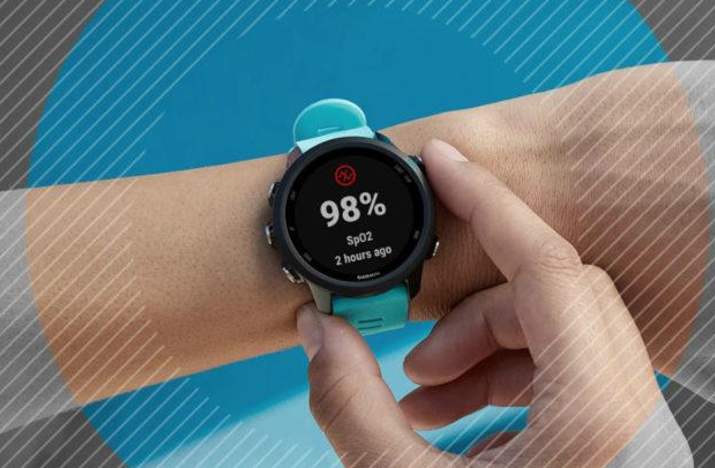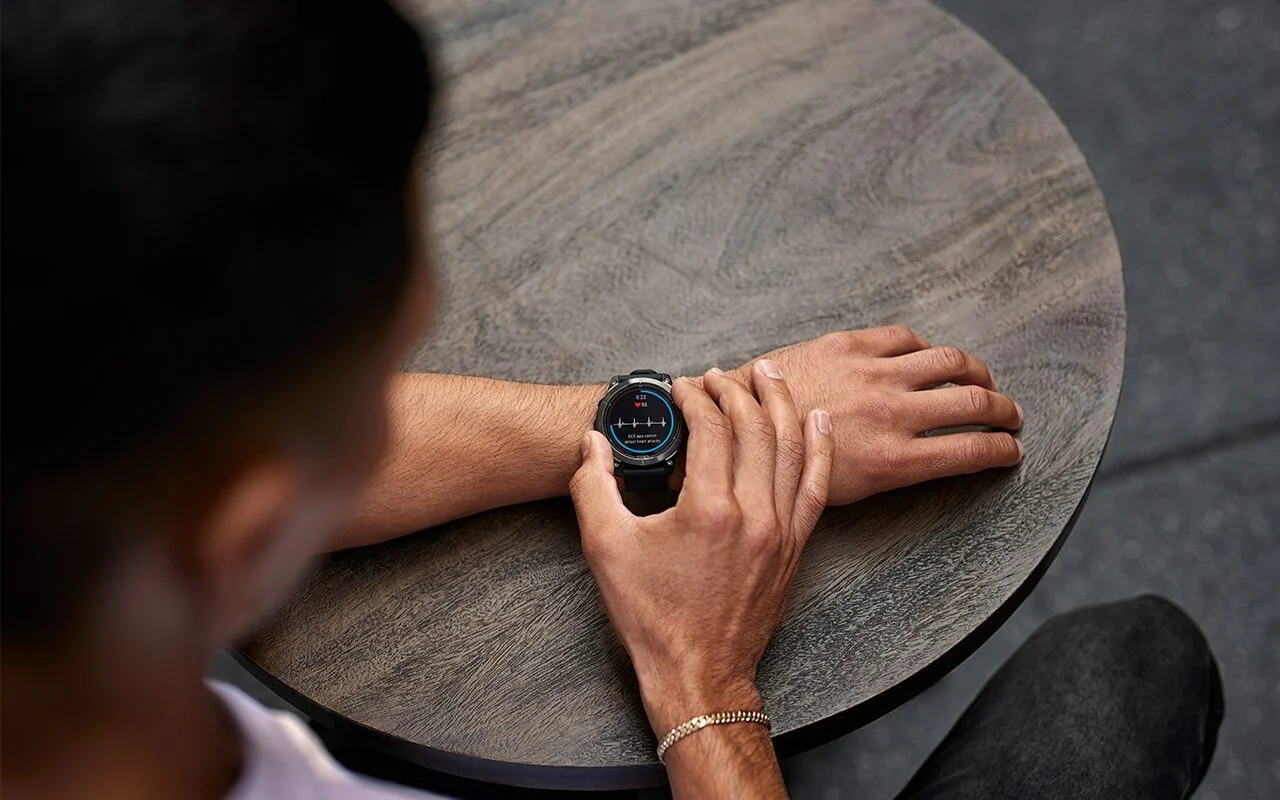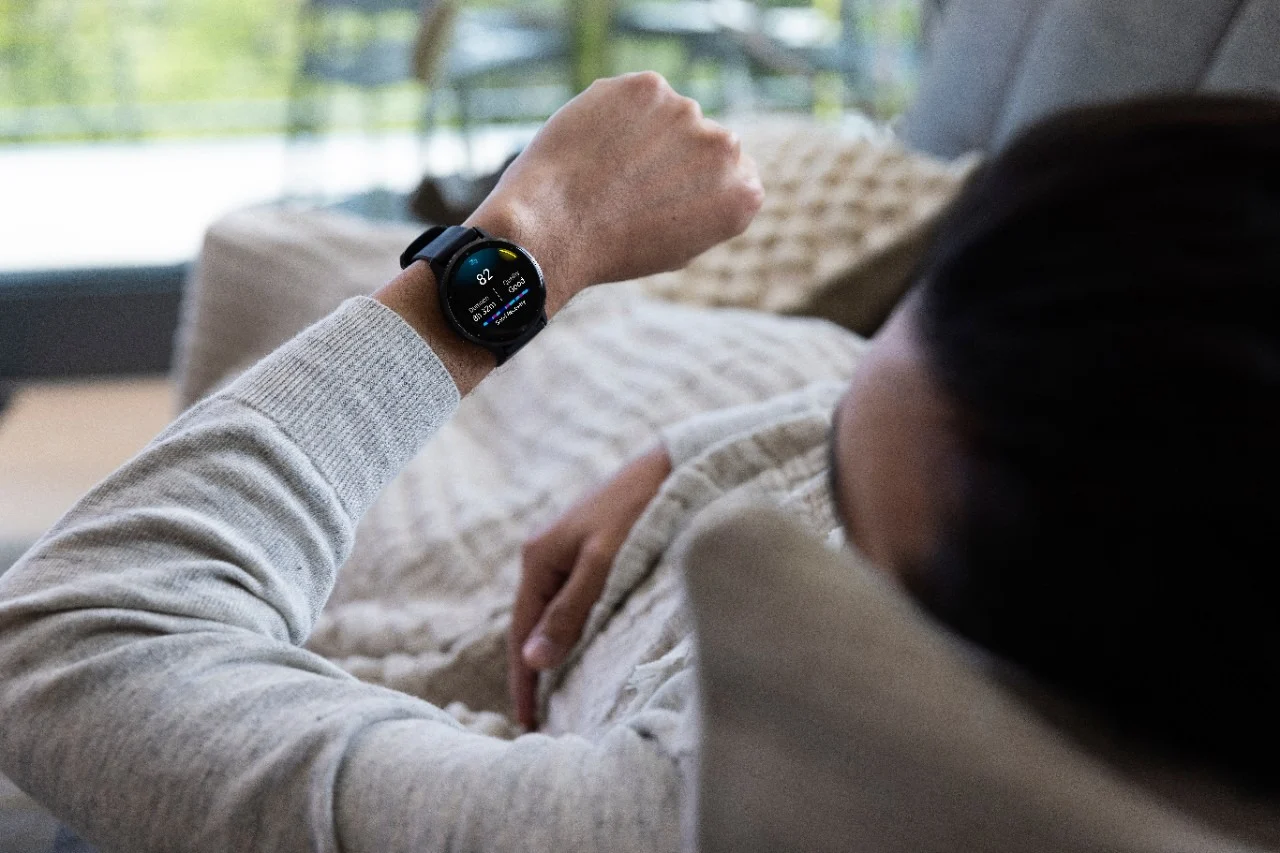
Blood oxygen data could be a solution for combating COVID-19
Since the COVID-19 outbreak occurred at the beginning of the year, nearly eight million people have been infected and more than 400 thousand have died across the globe, with an uncontrollable increase in the number of more than 100 thousand confirmed cases a day. However, the most terrifying thing about COVID-19 is the fact that most infected are asymptomatic. According to WHO statistics, approximately 80 percent of those infected are asymptomatic or have mild symptoms, and only 15 percent have severe symptoms.
As a result, early screening to detect those potentially infected with COVID-19 becomes the top priority for the prevention and control of the disease. As the rapid test kits have not yet been developed and medical resources are in short supply, tracking of health data, such as blood oxygen level and heart rate, continuously over the long-term through wearable devices plays a critical role in protecting individuals and their families.
In general, a normal blood oxygen saturation level is above 95 percent. Hypoxia occurs when the level is below 95 percent, and if the level is below 90 percent, the body may have problems like respiratory tract infections and pneumonia. In addition to COVID-19, blood oxygen level is also often used by physicians to assist them in identifying patients at risk of sleep apnea and other problems early. In high mountain regions, a continuous monitoring of changes in blood oxygen level can determine the tolerance to hypoxia.
On the other hand, long-time smokers are prone to chronic obstructive pulmonary disease (COPD) mainly due to the undesirable substances in the tobacco products which accumulate in the lungs and are not easy to be excreted. This decreases lung function, causing chronic respiratory inflammation and reducing the average lifespan of the smokers by six to eight years. According to the World Health Organization, approximately three million deaths annually were caused by COPD worldwide. However, smokers can be unaware of the development of this chronic disease. By detecting the changes in blood oxygen level, it is helpful for smokers to understand the danger of these irreversible side effects.

What is the role that blood oxygen plays in COVID-19?
Speaking of pneumonia, many may first think that blood oxygen saturation level can be used to identify COVID-19. Unfortunately, there is currently no scientific literature that clearly supports blood oxygen level as a direct indicator for diagnosis. However, more and more people from the medical community have revealed that understanding the changes of blood oxygen saturation level may be an early sign for identifying potential cases of COVID-19 earlier.
Dr. Richard Levitan, an U.S. physician who works at the Littleton Regional Healthcare in New Hampshire, revealed that many inpatients came to the hospital with a blood oxygen level below 50 percent. Such a condition could be critical, but the patients were still playing with their cell phones as if nothing happened and saying that they felt sick only in these one or two days. However, their conditions turned sharply downward, which made the treatment even more difficult.
Further reading: The Infection That’s Silently Killing Coronavirus Patients
Dr. Andrew Ahn, a frontline physician at Harvard Medical School who has treated more than 50 patients with COVID-19, also shared his experience that only a small number of patients had “classic” symptoms like fever, shortness of breath and cough that we are aware of. The most terrifying thing is that the majority of patients had a low blood oxygen saturation level between 70 to 80 percent but were not alerted.

Some people refer to this type of chronic hypoxia as “happy hypoxia,” or more officially as “silent hypoxia.” One of the current hypotheses is that the virus might affect our nervous system’s sensitivity to oxygen. Our brain does not know that we are in a state of hypoxia, even though the amount of oxygen in the lungs is insufficient. As a result, at the time that patients sought medical help, the condition was much more severe than expected, where the golden period of treatment already passed. Some studies have also indicated that patients with a blood oxygen level below 90 percent have a higher mortality rate and poor response to treatment.

The importance of monitoring blood oxygen
Patients with silent hypoxia/happy hypoxia can easily transmit the virus. However, from their appearance, they look no different than other normal people. People, especially families and friends of the patients, ignore precautions like wearing masks more easily and can get infected right away, further spreading the virus to more families and friends. Therefore, monitoring the blood oxygen level becomes a key player in urging us to take precautions in order to protect ourselves. Even though there is currently no standard yet to make the blood oxygen level an indicator for diagnosis, it can be a warning sign for us. It is not difficult nor expensive to purchase an oximeter on the market—a device that is easy to get at the price between 30 to 40 U.S. dollars. However, the greatest problem of such a device is that it only takes one measurement at a time and cannot do continuous measurement and tracking.

Dr. Andrew Ahn from the Harvard Medical School revealed that the majority of COVID-19 patients showed no obvious symptoms initially, but their blood oxygen levels were already low.
This can be overcome by the Garmin wearable, a device that can monitor your blood oxygen level throughout the day. Different monitoring devices at different measurement sites create different reference intervals, which make you better understand your change in blood oxygen level compared to the normal level. Instead of absolute values, trends and changes in the blood oxygen level should be monitored, thereby requiring daily records and observations. In addition to the blood oxygen level, the Garmin watch can monitor your heart rate throughout the day to determine your sleep quality and heart rate variability, and such health indicators can be used as a gatekeeper.
What you can do in addition to protecting yourself and your family
By monitoring your blood oxygen level throughout the day, you can understand the changes of your health data, stay alerted, and protect not only yourself but also your family indirectly. Moreover, what if you just share your health data with the world and make contributions?
Garmin has partnered with PhysioQ, an international nonprofit organization, to import health data on the Garmin watch into NEO, a free health data platform developed by PhysioQ for COVID-19. People can also add family members on NEO to monitor not only their own data but also their families’. NEO is also used by research organizations, such as Harvard Medical School, Massachusetts Institute of Technology and University of California, Berkeley, for researchers to study COVID-19.


You can clearly see your information on NEO and also invite family members to join and view the data together.
In addition, under user authorization, the data of the blood oxygen saturation are collected for scientists and physicians to establish a database for blood oxygen levels, making the data more useful for the early screening and diagnosis of COVID-19.
Perhaps blood oxygen levels cannot be the gold standard for the diagnosis of COVID-19, but it can be a critical indicator for early detection of risks and seeking medical advice. Facing a world in crisis, your health data can be helpful to the establishment of the database, and Garmin stands with you to contribute to the world.




